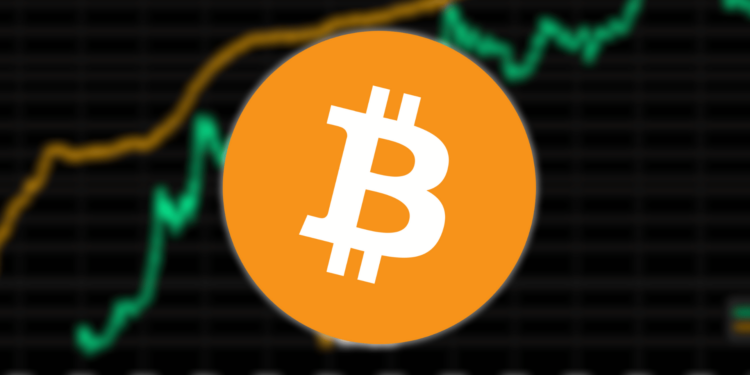- The Bitcoin network hashrate, a metric gauging the total computing power contributed by Bitcoin miners, reached a new all-time high in September 2024, clocking in at over 742 exahashes per second (EH/s).
- Increased hashrate and the corresponding high difficulty rate continue to plague miner revenue, with August 2024 representing the worst month for miner profitability since September 2023.
- To offset high costs and lowered revenues, mining companies are exploring options like issuing equity, diversifying into AI and high-performance computing, and adopting renewable energy sources.
The Bitcoin network hashrate, which measures the total computing power being contributed by Bitcoin miners, reached a record high in September 2022. This metric continues to steadily rise, driven by the ongoing transition to more advanced mining hardware.
Hashrate Growth Reflects Improved Mining Technology
The hashrate has been climbing since 2021, which aligns with miners upgrading to more powerful application-specific integrated circuits (ASICs). As the hashrate goes up, so does the difficulty and cost of mining Bitcoin. Miners must expand operations and use more energy to remain competitive amidst the heightened difficulty.
Tough Economics Squeeze Miner Profits
The increased network hashrate and corresponding difficulty have been detrimental to miner revenue. August 2022 was the worst month for profitability since September 2021, with miner income crashing to lows of $8.276 million.
This financial strain was highlighted in a JP Morgan report, which showed miners facing declining block subsidies and rising energy expenses. Of the major mining firms analyzed, MARA and Riot Platforms had the highest cost per Bitcoin at around $55,700 and $62,000 respectively.
Renewables and Diversification Emerging as Solutions
To offset costs and bolster revenue, mining companies are considering renewable energy sources and diversifying business operations. For example, MARA is exploring methane-to-energy systems to harness landfill gas for mining. The company also signed a deal to develop renewable infrastructure in Kenya.
Some miners are branching into artificial intelligence, high-performance computing, and data centers. These moves allow them to dedicate computing power to information processing and make up for mining revenue shortfalls.
Conclusion
Record-high hashrates and difficulty continue to pressure miner economics. However, the industry is responding with pivots to renewables and more diversified business models. It remains to be seen how these strategies will play out as the mining landscape evolves.














